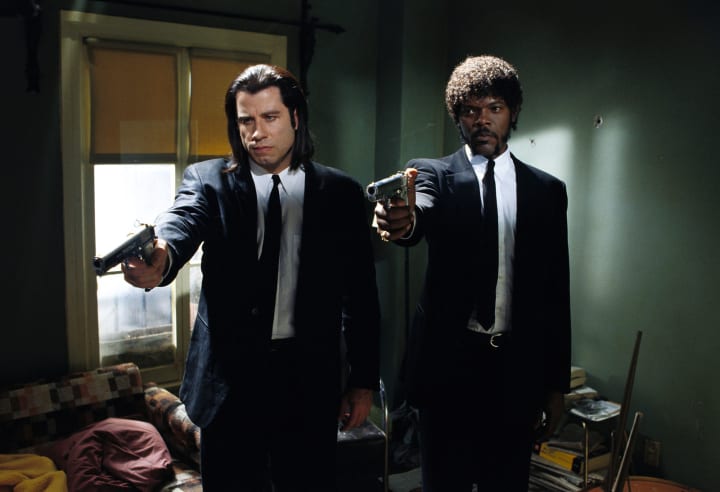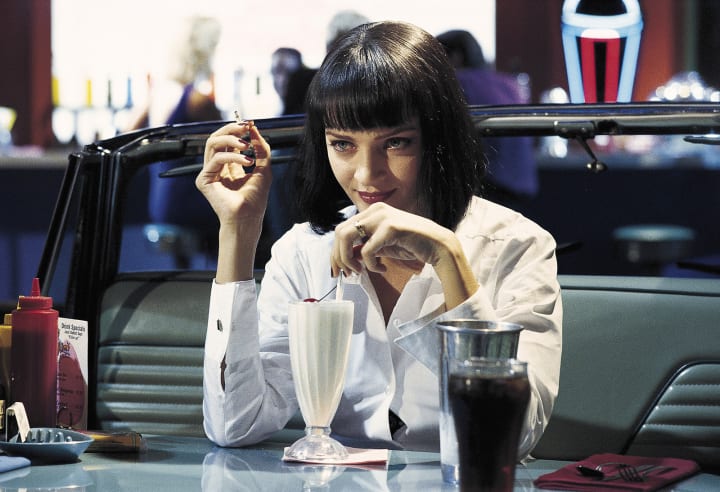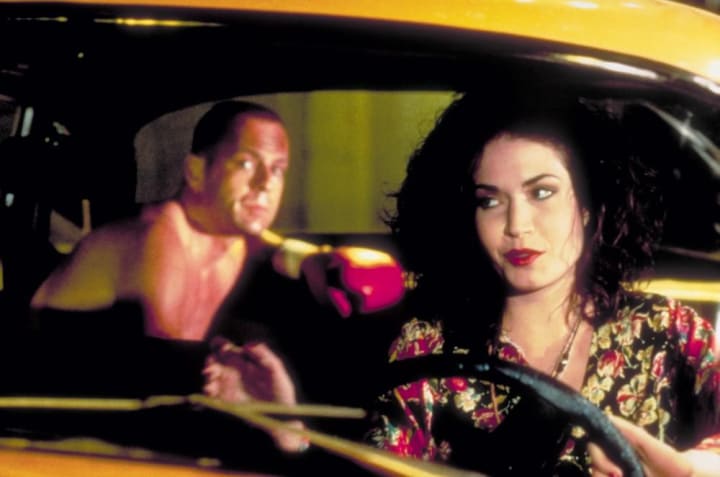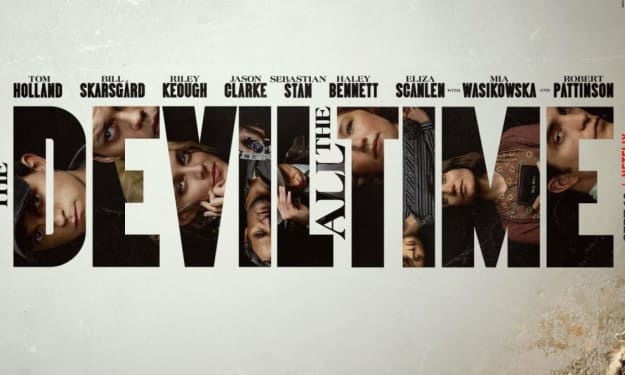A Filmmaker's Guide to: "Pulp Fiction" (1994)
An Appreciation of Cinema (Pt.19)

In this chapter of ‘the filmmaker’s guide’ we are going to explore some of the films that have changed our outlook of the possibilities in cinema in some way, shape or form. These can include, but are not limited to: revolutionary cinematography, narratives that challenge the social structure and the common view, trademark styles of auter cinema, brilliant adaptations of novels and other works, films of philosophical value and films that touch our hearts and souls with their incredible underlying messages and morals. Within each of the films in this chapter there is a certain something that makes them special and a certain something that makes them linger long after we have watched them for the first time. Lasting impressions are difficult to create, but I think that the films we will briefly touch on in this chapter are some of the films we will never ever forget.
Pulp Fiction (1994) dir. by Quentin Tarantino

Quentin Tarantino is known as a director who creates signature masterpieces of violence, subplots and jazz music. But this is one of the movies that birthed that signature with “Reservoir Dogs” (1992) preceding it and my personal favourite “Jackie Brown” (1997) succeeding it as the other two signature violent jazz movies. “Pulp Fiction” (1994) though, is possibly the most well-known of the three and rightly so as it was Quentin Tarantino’s most polished of the three as well. Starring a stellar cast containing the likes of John Travolta, Samuel L. Jackson, Tim Roth, Uma Thurman and many more, this film is mostly consisting of subplots that converge on each other, A narrative motif that would later become another signature style of Tarantino’s storytelling technique. Themes such as racial violence, money and capital, criminality and the potential to kill are all explored in detail in the space of a few hours and each of them contain their own symbolistic characters as do other films by Tarantino. The cultural references set the scene with context and the themes themselves are products of the casted generation that is most prominent through this referencing. It is a special skill that Tarantino may have not invented, but definitely refined and polished so that it became more of a caricature of itself. With that in mind, would you call Tarantino’s movies satires or not? That is a question for you to answer.

Personally, my favourite scene in the whole film would be the car washing scene in which they have to get blood off the car and Quentin Tarantino makes a cameo appearance in his own movie. His frequent use of the ’n’ word is actually slightly uncomfortable when said in this context given the historical implications of the actual line in the film. However, it seems to fit with the place and so, I think it is used for its shock value - something that, unfortunately for Tarantino and possibly the rest of the world, would wear off through his career because of the re-run of race politics through the senseless murders of innocent African Americans by the American Police Force. But, be that as it may, the film still stands as a satire of the gains of American capital culture, the strangeness of crime when faced with the right people at the wrong time and the requirement for a bit of desensitised violence in a world where violence is an everyday occurrence. Let the director be your peacemaker.

What I need you, two fellas, to do is take those cleaning products and clean the inside of the car. I'm talking fast, fast, fast. You need to go in the back seat, scoop up all of those pieces of brain and skull, get it out of there, wipe down the upholstery. Now, when it comes to upholstery, it don't need to be spic-and-span. You don't need to eat off it, just give it a good once-over. What you need to take care of are the really messy parts. Those pools of blood, you got to soak that shit up. Now, Jimmy, we need to raid your linen closet. I need blankets, I need comforters, I need quilts, I need bedspreads; the thicker the better, the darker the better. No whites, can't use 'em. We need to camouflage the interior of the car. We're going to line the front seat and the back seat and the floorboards with quilts and blankets. So, if a cop stops us and starts sticking his big snot in the car, the subterfuge won't last, but at a glance, the car will appear to be normal. Jimmy, lead the way. Boys, get to work.
- The Wolf, Pulp Fiction (1994)
About the Creator
Annie Kapur
200K+ Reads on Vocal.
English Lecturer
🎓Literature & Writing (B.A)
🎓Film & Writing (M.A)
🎓Secondary English Education (PgDipEd) (QTS)
📍Birmingham, UK






Comments
There are no comments for this story
Be the first to respond and start the conversation.